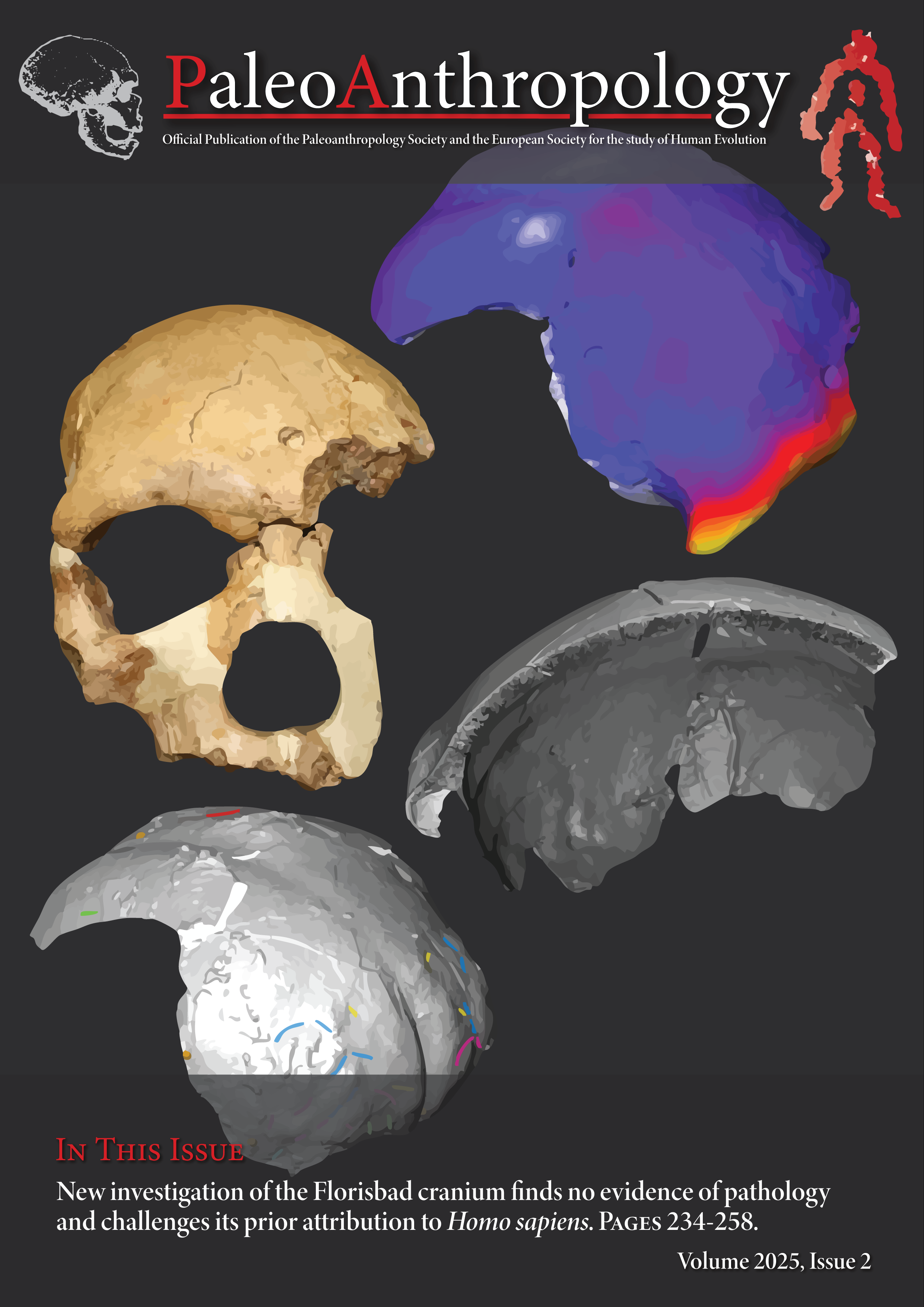Stone Tip Cross-Sectional Geometry Contributes to Thrusting Spear Performance
Main Article Content
Abstract
Humans around the world likely used thrusting spears during much of the Paleolithic period. A key development in spear evolution was the addition of a sharp stone tip. Here, we examined via controlled experiment whether stone tip cross-sectional geometry (i.e., tip cross-sectional area, TCSA; tip cross-sectional perimeter, TCSP) contributes to thrust spear function in terms of two performance variables: penetration depth and entry wound width. We produced 14 spears, each possessing a different stone tip form at its end. A trained army veteran thrust each spear several times into ballistics gel, for a total sample size of 387 thrusts. Statistical analysis revealed a strong inverse relationship between stone tip cross-sectional geometry and penetration depth and a positive relationship between stone tip cross-sectional geometry and entry wound width. Overall, these results are consistent with the hypothesis that thrust spear functional performance may have been a factor Paleolithic people considered in producing and selecting stone point forms. Additionally, our results suggest that there may have been a tradeoff among the performance attributes of penetration depth and entry wound width, each of which may have been preferred in specific contexts.

